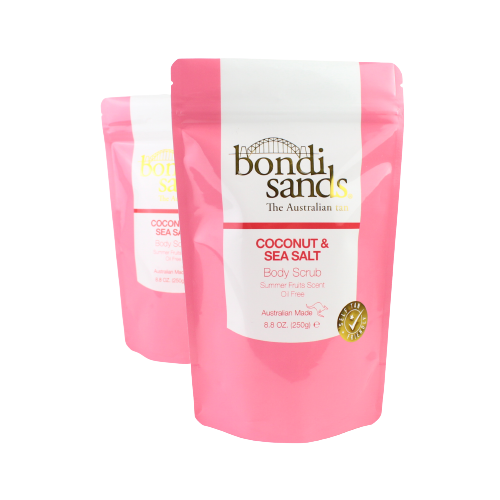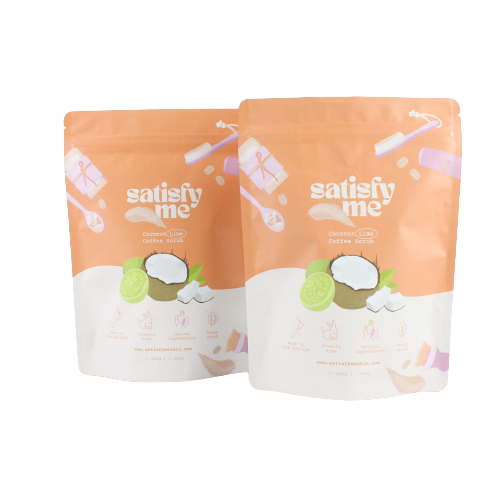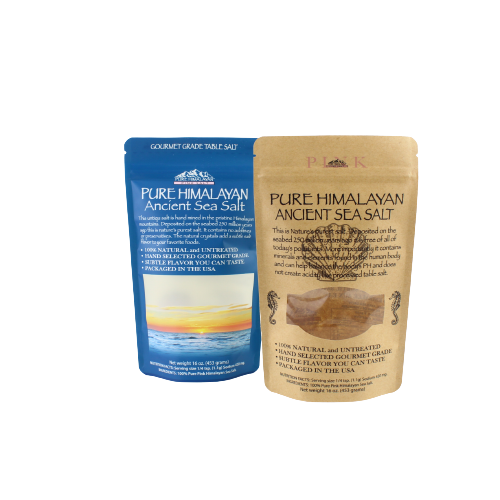Bath salts have been used for centuries for their therapeutic and relaxation properties. They are a popular addition to bath time routines, and their packaging has evolved over time to make them more accessible and convenient for consumers. In this article, we will explore the various bath salt packaging options that are available for them.
Packaging is an essential aspect of bath salts, as it can affect their shelf life and overall quality. Bath salts are typically packaged in bags, jars, or containers, each with its advantages and disadvantages. The packaging must be airtight to prevent moisture from getting in and affecting the quality of the salts. Additionally, the packaging should be easy to use, store, and transport, making it convenient for consumers to enjoy their bath salts at home or on the go.

Understanding The Benefits Of Bath Salts
Bath salts are a type of crystalline substance that is typically added to bathwater to enhance relaxation and provide therapeutic benefits. Their therapeutic benefits can include:
Relaxation: The warm water and soothing scents of bath salts can help to reduce stress and promote relaxation.
Pain Relief: Certain types of bath salt can help to soothe sore muscles and alleviate pain.
Skin Health: Many types of bath salts contain minerals that can help to improve skin health and reduce inflammation.
Overall, bath salts can be great addition to any bath routine, providing a wide range of benefits for both the body and mind.
Bath Salt Packaging
Bath salt packaging is an important aspect of the product’s marketing and branding. It not only protects the product but also helps to attract potential customers. In this section, we will discuss the different material choices, design considerations, and sustainability factors that should be taken into account when creating bath salt packaging.
Material Choices
There are several material choices available for bath salt packaging. Each material has its own advantages and disadvantages. The most common materials used for bath salt packaging are:
Plastic: This is the most common material used for bath salt packaging. It is lightweight, durable, and cost-effective. However, it is not environmentally friendly and can take hundreds of years to decompose.
Glass: Glass is a more environmentally friendly option than plastic. It is recyclable and can be reused. However, it is heavier and more fragile than plastic.
Paper/Cardboard: Paper and cardboard are also environmentally friendly options. They are biodegradable and can be recycled. However, they are not as durable as plastic or glass.
Design Considerations
The design of the bath salt packaging is crucial in attracting potential customers. The packaging should be visually appealing and convey the brand’s message. Some design considerations to keep in mind are:
Color: The color of the packaging should be consistent with the brand’s color scheme.
Graphics: The graphics on the packaging should be eye-catching and relevant to the product.
Typography: The typography on the packaging should be easy to read and consistent with the brand’s style.
Sustainability Factors
Sustainability is an important factors to consider when creating bath salt packaging. Consumers are becoming more environmentally conscious and are looking for products that are eco-friendly. Some sustainability factors to consider are:
Recyclability: The packaging should be recyclable to reduce waste.
Biodegradability: The packaging should be biodegradable to reduce its impact on the environment.
Reusability: The packaging should be reusable to reduce waste and encourage customers to repurpose the packaging.
In conclusion, bath salt packaging is an important aspect of the product’s marketing and branding. Material choices, design considerations, and sustainability factors should be taken into account when creating bath salt packaging to attract potential customers and reduce its impact on the environment.
Post time: Aug-25-2023







